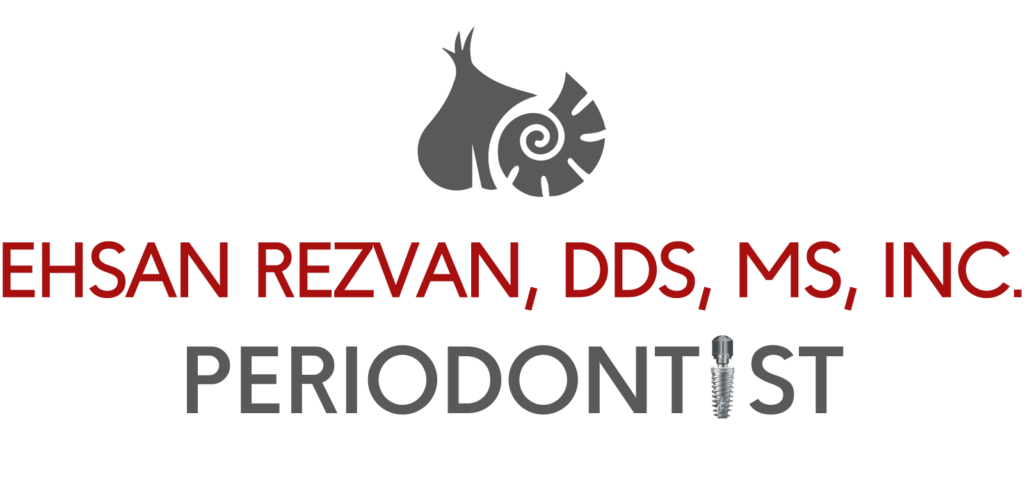The DL on Gum Disease
From toothpaste and mouthwash commercials on TV, to instructions we take home from the dentist, we hear a lot about fighting and preventing gum disease. But what exactly is it that we’re fighting against? Gum disease can be a threat to your oral and overall health, but it’s hard to fight it if you don’t know what you’re dealing with.
Gum disease takes two forms: gingivitis and periodontitis. Gingivitis, otherwise known as gum inflammation, is typically a precursor to periodontitis, or gum disease. Gingivitis is caused by the buildup of plaque-forming bacteria along the gumline. This causes the gums to become inflamed and to easily bleed when brushing or flossing. While gums may clearly be irritated, the teeth are still firmly planted in their sockets with no irreparable bone or other tissue damage.
While gingivitis may have a temporary negative impact on your oral comfort, it’s possible to reverse. As long as you schedule a dentist visit at the first sight of swelling or discomfort, you could be back on your way to a healthy mouth with just a professional cleaning and a few changes to your oral hygiene routine.
If you notice signs and symptoms of gingivitis but let it go untreated, you could be facing a longer term problem in the form of periodontitis, or advanced gum disease. Warning signs to look out for include red, swollen, and bleeding gums, persistent bad breath, severe gum recession, bone loss around the teeth, and loose teeth. When left untreated, periodontitis can even lead to tooth loss.
Not only would missing teeth impact your appearance, but it would mean that the infection could easily spread to your bloodstream and the rest of your body. Once the bacteria begins to spread, it could contribute to cardiovascular disease, stroke, dementia, respiratory infections, and preterm birth.
While most cases of gum disease are caused by plaque buildup, there are a few other factors that could contribute. Firstly, hormonal changes (like those that accompany pregnancy, puberty, menopause, and monthly menstruation) make gums more sensitive, and thus more susceptible to gingivitis. Certain illnesses, like cancer or HIV, interfere with the immune system and change the body’s ability to fight back. Diabetes also affects the body’s ability to fight bacteria, putting those patients at higher risk of developing oral infections and cavities.
Secondly, if you take medication that causes dry mouth, you should hydrate more than usual in order to wash plaque-causing bacteria off of the teeth and gums. And finally, family history of dental disease could be a contributing factor for the development of gingivitis, no matter how diligent you are about your oral hygiene routine.
Just like gingivitis, periodontitis is treatable. The pathway to treatment depends on the severity of the case: some cases may be treatable through dental cleaning procedures, while others may only be treatable through surgery. The best way to treat both types of gum disease, however, is to prevent them.
Gum health starts with regular visits to the dentist, and a consistent oral hygiene routine complete with preventive measures. Those measures include gently brushing your teeth twice a day (gently enough to avoid gum recession, but thoroughly enough to eliminate harmful bacteria), flossing daily, limiting your sugar intake to minimize the possibility of plaque buildup, and professional teeth cleanings at least twice a year.
Wondering if your gums might be swollen? Due for one of those twice-a-year cleanings? Give us a call and we’ll get you on your way to a gum-disease-free future.


